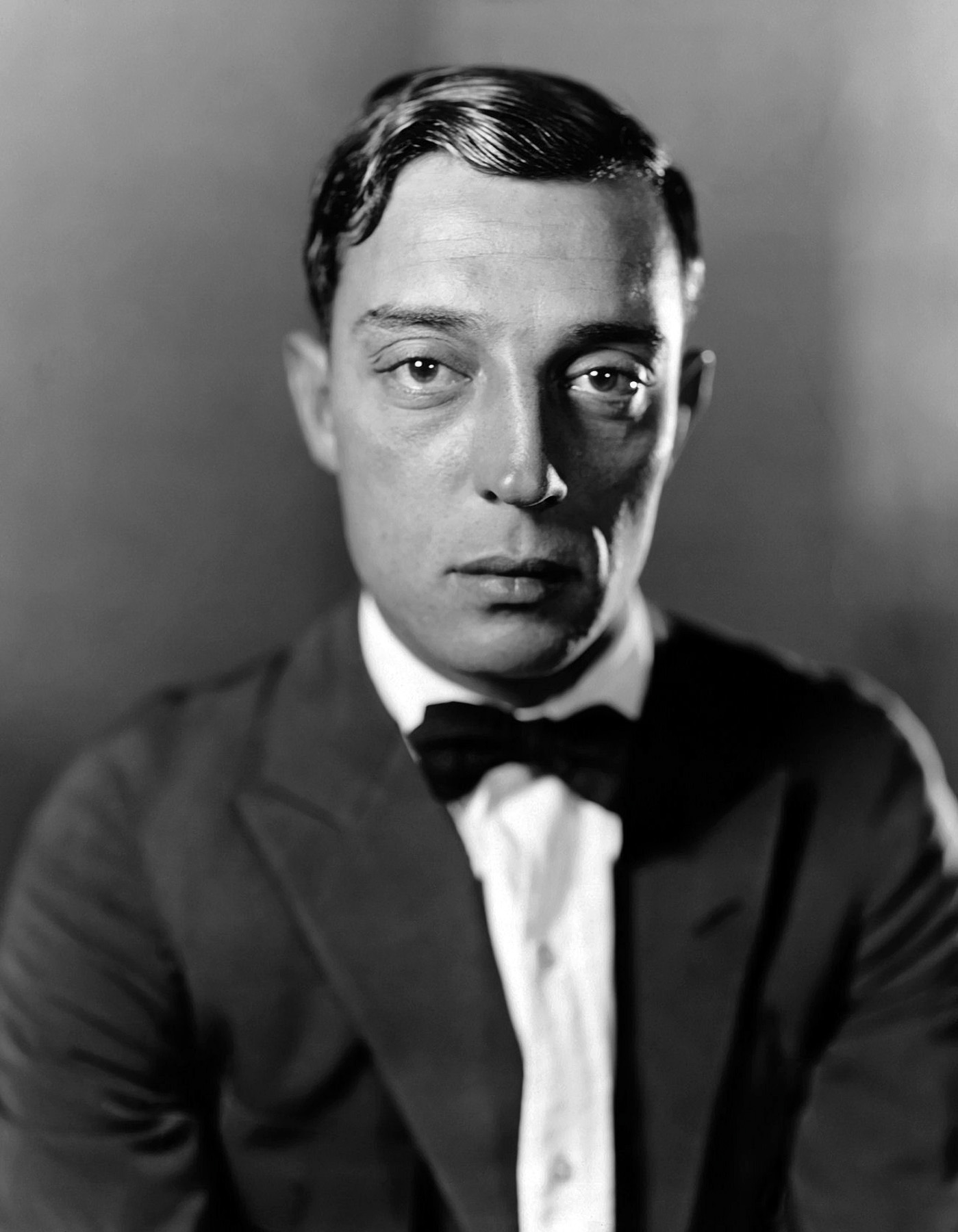Buster Keaton is possibly the most notorious silent comedian, known best for his incredible, life-threatening stunts and being one of the first deadpan film comics (earning him the title of "stone-face"). As a stunt man, having a background in circus acrobatics, he always relied on real danger to make the jokes authentic. His athleticity would always allow him to really chew the scenery, and it was always really funny and well-timed when he would get out of really tight situations very intricately and in a fast paced manner. The level of exagerration in his performance tends to vary, even during his stunts; an example of that is his most famous stunt in Steamboat Bill Jr. in which part of a building collapses around him, with him just standing casually in the spot where a gap would be.
 |
| Fun fact: you can actually see his arm getting hit by the window frame. |
It actually parallels this common gag, and many other slapstick moments from Looney Tunes. A combination of surrealism and misfortune that plays with audience's expectations. The audience expects the character to fall off the cliff as soon as they are far off the edge, but instead they hover in the air first and assess the situation only to finally fall to the ground. Much like a Buster Keaton stunt, the gag varies, where sometimes a character will actually manage to save themselves or they'll hold the pose in the air for a longer time. There may not be a direct influence here but the jokes are very similar in nature, and the way Keaton performs his stunts could be seen as just as "toony".

No comments:
Post a Comment